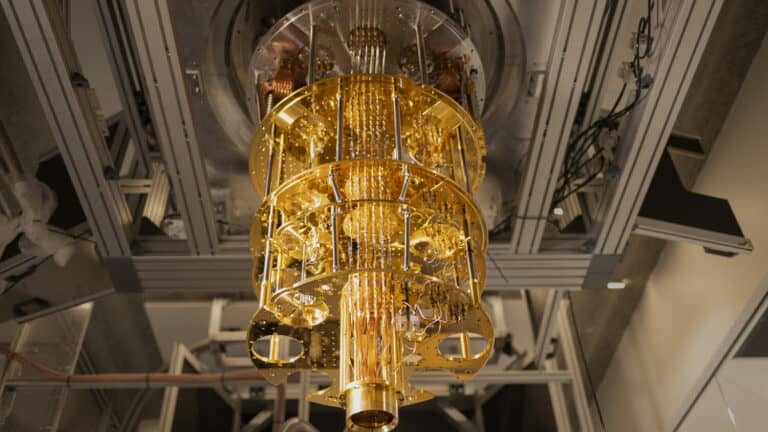Microsoft is well on its way to developing a topological quantum computer. Recently, the tech giant managed to clear a major technological hurdle by producing so-called ‘Majorana nodes’ and a ‘topological superconducting’ stage.
Microsoft has been developing quantum computers and related applications for some time. In recent years, news of a topological quantum computer trickled down.
In theory, topological quantum computers are faster and more reliable than existing quantum technology. Current models require qubits, which can unintentionally delete or change information. Unexpected behaviour makes data processing difficult. Topologic quantum computing is error-resistant. Microsoft is working on a topological design to facilitate extremely complex calculations.
Majorana zero-nodes
Topological quantum computers require so-called ‘quasi-particles’ or ‘Majorana zero-nodes’. A quasi-particle is a physical state with certain similarities to a particle, such as an electron or an atom, yet is not a particle.
The tech giant succeeded in finding a way to produce Majorana zero-nodes. This is an important step toward the development of a topologic quantum computer.
Development of topological qubits
‘Topological qubits’ are the first-next major obstacle. A large number of topological qubits need to be created and connected to form the topological quantum computer. Eventually, Microsoft expects to be able to fit more than a million qubits on a single chip.
Tip: Germany is funding the development of home-grown quantum systems
